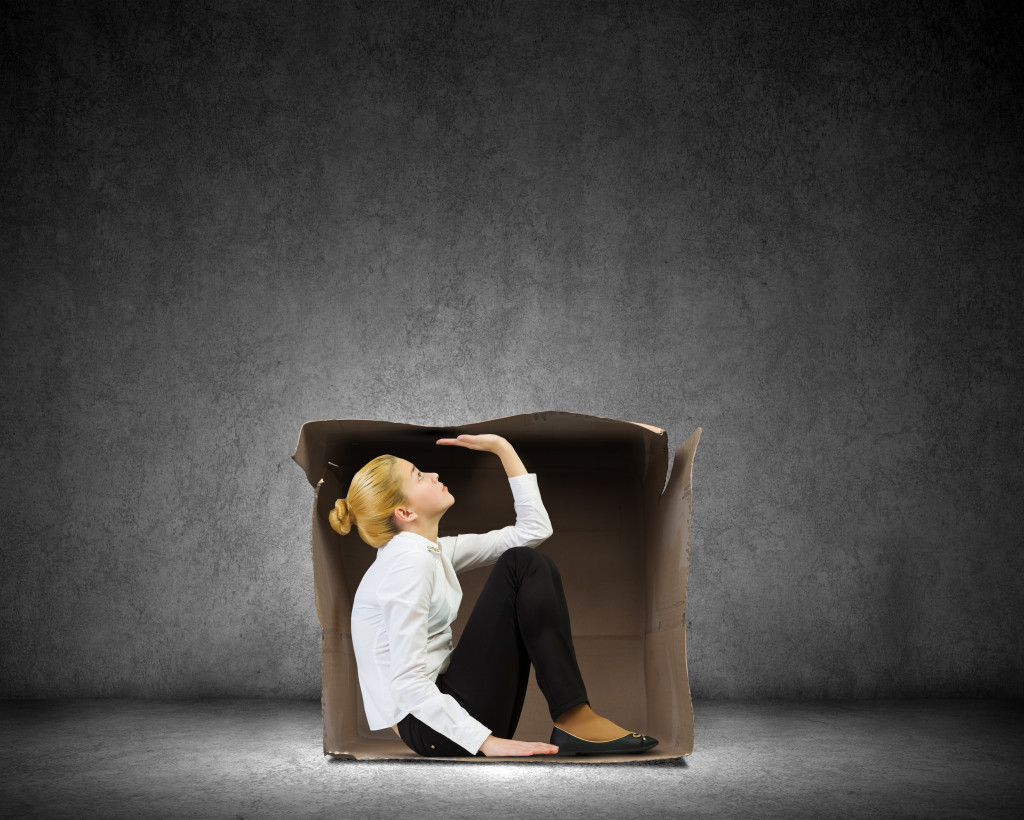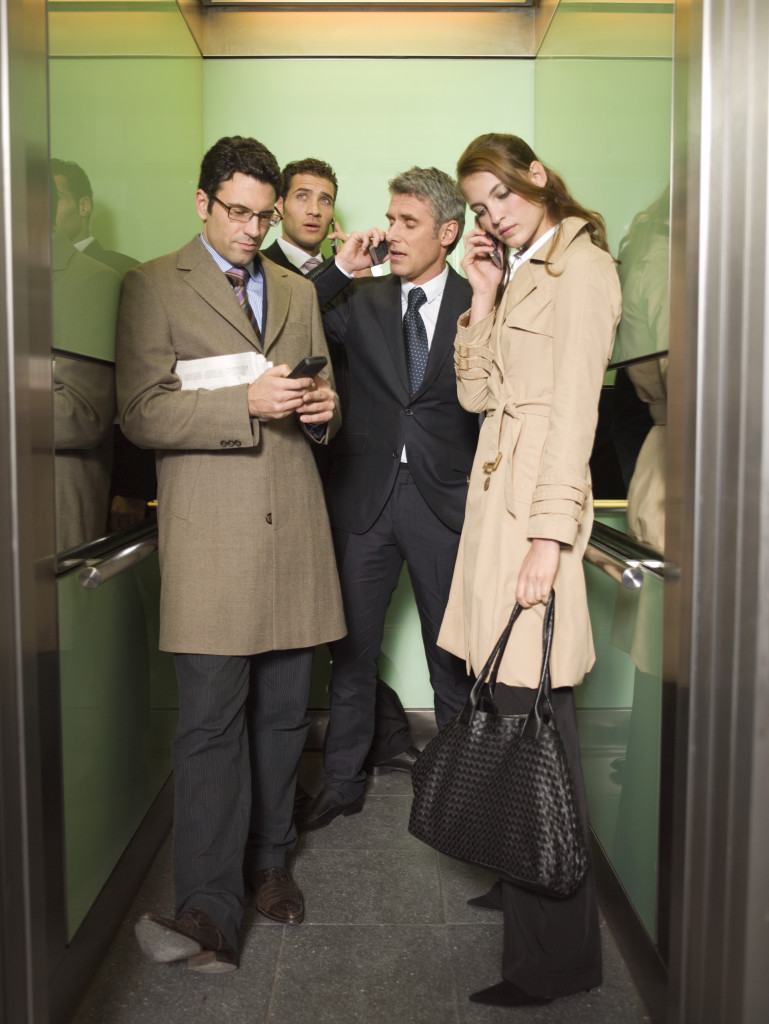Disclaimer: This website provides health information for educational purposes only and is not a substitute for professional medical advice, diagnosis, or treatment. Always seek the guidance of a qualified healthcare provider with any questions you may have.
Claustrophobia is a fear of enclosed spaces. It can be very debilitating for people who suffer from it, as it can cause them to panic and feel trapped. It can lead to several physical and mental symptoms, including shortness of breath, racing heart, dizziness, nausea, and feelings of terror. For some people, claustrophobia can be so severe that it interferes with daily life.
While there is no “cure” for claustrophobia, there are treatments that can help people manage their fear and live relatively everyday lives. Cognitive-behavioral therapy (CBT) is one of the most effective treatments for claustrophobia. It involves helping the person identify and challenge the negative thoughts and beliefs that contribute to their fear.
Exposure therapy is another common treatment approach, which gradually exposes the person to the situations they fear in a controlled and safe environment. With proper treatment, most people with claustrophobia can learn to manage their fear and live everyday, productive lives. Here are a few situations where you can expose yourself and beat claustrophobia.
Airplane Flights
Airplanes can be claustrophobic for people with claustrophobia because they are enclosed spaces. It can cause panic and terror for people who have claustrophobia. However, some treatments can help people manage their fear of flying on airplanes.
People can book flights from planes with large capacities, or they can choose a window seat. If the person is flying with someone, it can be helpful to have a loved one sit next to them. Taking on short local flights could provide a cheap and quick training ground for flying. Eventually, you can take on long airplane trips that allow you to travel the world without dealing with claustrophobia.
Airplane trips are part of traveling, and you might not experience it if you let claustrophobia control you. It might feel better to know those airplane accidents are rare occasions due to the strict safety regulations and standards, ensuring your survival.
Elevators
Elevators are often the most common triggers for claustrophobia. They are small, enclosed spaces that can cause panic and anxiety for people with claustrophobia.
Unfortunately, there will not always be escalators, and using the stairs for multiple levels daily could be exhausting and time-consuming. Elevators are a necessary part of many people’s lives, and avoiding them is not always possible. However, there are some things you can do to make riding in an elevator less anxiety-provoking.
If possible, choose a less crowded elevator. If you must ride in a crowded elevator, try to stand near the door. Taking deep breaths and focusing on positive thoughts can also help you manage your anxiety.
Some people with claustrophobia may never feel comfortable riding in an elevator. However, you might not have a choice but to use it. If you have to take an elevator, try to face your fear and ride it.
MRI Machines
MRI machines can be claustrophobic for people because they are enclosed spaces. They can cause panic and terror for people who have claustrophobia. However, some treatments can help people manage their fear of MRI machines.
People can choose to have an open MRI machine instead of a traditional, closed MRI machine. Open MRI machines have large openings that allow the person to see outside of the machine. It can make the experience less anxiety-provoking for people with claustrophobia. You might have to set an appointment at a private clinic because most hospitals utilize the traditional version of the MRI machine. Fortunately, you can find plenty of those services online.
You might consider yourself lucky when you don’t have to use the MRI machine for medical reasons. For those that do, constant exposure can help make every trip more manageable.
Small Rooms
There is nothing worse for people with claustrophobia than living in an enclosed space every day. Unfortunately, the home could provide that situation daily, forcing people to sleep in a room that terrifies them. Studio apartments and small home sections could trigger anxiety, leaving you in an uncomfortable position.

Fortunately, you can find many ways to make small rooms less anxiety-provoking. You can try to decorate the room with brighter colors and patterns to make it feel more open and spacious. Adding mirrors to the walls can also create the illusion of a larger space.
If you must stay in a small room, try to focus on positive thoughts and take deep breaths. Taking breaks in a larger and more open space can also help you manage your anxiety.
Still, it might be challenging to combat living in a small room while suffering from claustrophobia. If you have enough funds, you can consider moving to a larger home.
Conclusion
Claustrophobia can be a debilitating fear that prevents people from living their life to the fullest. However, there are many ways to manage and cope with claustrophobia. With the proper treatment, people can overcome their fear of enclosed spaces.




